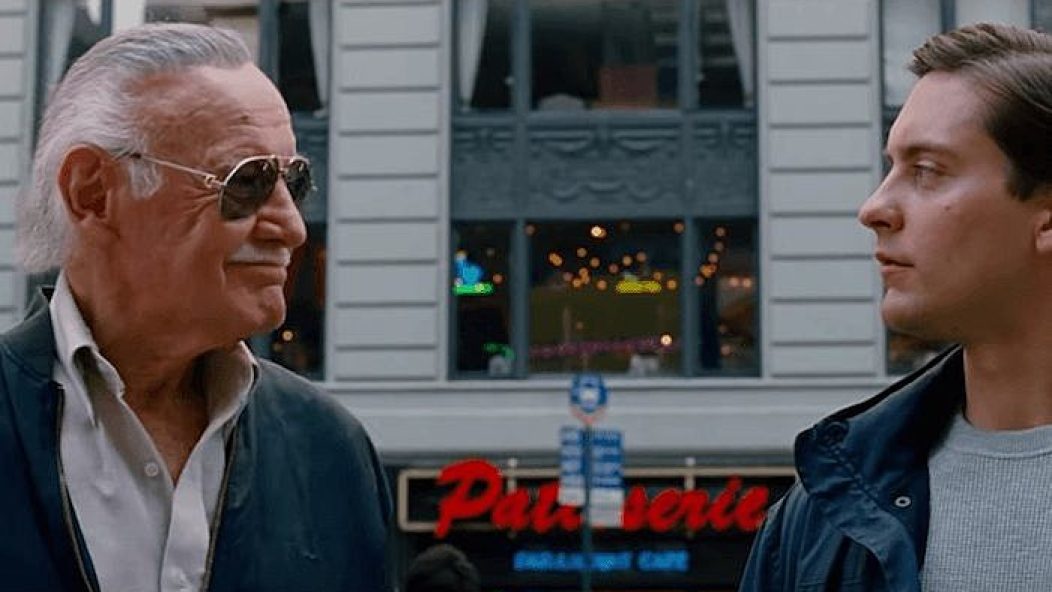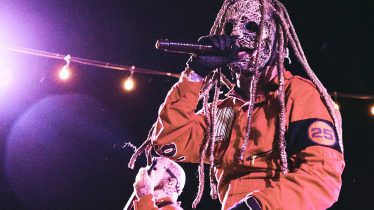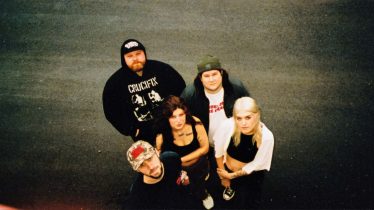
Op-Ed: Marvel legend Stan Lee influenced more than comics
This week marks a tragic time in pop culture history, as the leading force behind Marvel’s top heroes, Stan Lee, has died at the age of 95. Known for creating a vast majority Marvel Universe characters, Lee’s works grew beyond comics’ pages and into a cultural phenomenon.
“I used to think what I did was not very important,” Lee said to the Chicago Tribune in 2014. “People are building bridges and engaging in medical research, and here I was doing stories about fictional people who do extraordinary, crazy things and wear costumes.”
Read more: Musicians remember Marvel Comics legend Stan Lee
This quote appeared all over the internet Nov. 12, 2018, the same day that the late, great Lee passed. I must have read it 20 times before I grasped the humility in his statement. How could someone I’ve looked up to since I was 4 years old not realize how important his works were?
My stepdad, who has read comics since the ‘60s, introduced me to the Marvel Universe when I was in preschool. He would drive me to the local comic book store every Wednesday so we could pick up the latest X-Men issues, and as I got older, he even let me skip school so we could see first day showings of the Marvel cinematic releases. My teachers never caught on. But to think that the godfather of the comic book felt self-conscious about his work boggles my mind, as he left this world as a media mogul.
Lee got his start in the comic book world in 1939 as an assistant at Timely Comics, launching his career at the start of what is known as the Golden Age Of Comics. At the time, DC Comics dominated the panel universe, developing renowned characters such as Wonder Woman, Batman and The Flash throughout the ’40s and ’50s.
As the heroes of DC became the pivotal portrayals of superhuman heroics, Timely Comics evolved into Atlas Comics. The small-time publishing company employed an illustrator by the name of Jack Kirby, who in 1941, helped co-create the seemingly failed superhero Captain America. Alongside Kirby, Lee was asked to create a supergroup to rival DC’s Justice League. In 1961, that collaboration would release The Fantastic Four, an immediate success that would turn Atlas into the Marvel Comics we know today.
Lee continued to collaborate with Kirby and eventually other illustrators such as Steve Ditko and John Romita, Sr. paving the way for the Silver Age Of Comics debuting heroes such as Spider-Man, Hulk, X-Men, Daredevil, Iron Man, Groot, Silver Surfer, Doctor Strange and even reviving Kirby’s Captain America to round out the Avengers.
Lee’s stories took off because he started doing what no other comic book writer was doing at the time. His heroes were archetypes of real people rather than ideals. DC depicted heroes such as Superman and Wonder Woman as gods, while Lee’s characters were the people next door: the blind lawyer from Hell’s Kitchen, the scientist with anger issues and the friendly neighborhood teenager with a camera and a crappy boss. Lee’s characters were flawed, but relatable—a quintessential characteristic used in countless episodic TV icons today, whether it be Jax Teller in Sons Of Anarchy, Tony Soprano, Walter White, Dexter Morgan or Starbuck in Battlestar Galactica.
Read more: Stan Lee cameo confirmed for two upcoming Marvel films
While making characters who felt believable, Lee began using his comics for social commentary. In 1968, Lee wrote in his monthly Marvel Comics column “Stan’s Soapbox,” saying: “Let’s lay it right on the line. Bigotry and racism are among the deadliest social ills plaguing the world today. But, unlike a team of costumed super-villains, they can’t be halted with a punch in the snoot, or a zap from a ray gun. The only way to destroy them is to expose them[…]Sooner or later, if man is ever to be worthy of his destiny, we must fill our hearts with tolerance.”
Lee was the first to launch leading roles for African-American superheroes such as Black Panther in 1966’s Fantastic Four No. 52 and Falcon in 1969’s Captain America No. 117.
Lee paved the way for equal representation in comics. His example lead to the creation of multicultural characters such as Storm, Blade and Miles Morales’ Spider-Man. Lee also portrayed women as strong individuals of high intellect and immense power. Some examples include Black Widow, Sue Storm and Mary Jane Watson. In fact, two of the strongest characters in the Marvel universe, Scarlet Witch and Jean Grey, were both Lee’s creations.
As a writer, editor and publisher for Marvel Comics, Lee changed the way the world saw superheroes. Eventually, Black Panther’s storyline would be turned into the world’s highest grossing solo superhero film, and Avengers: Infinity War stands as the fourth highest grossing film of all time.
Lee influenced the largest cinematic franchise in history (featuring some of his best cameos) and didn’t stop there. He directly inspired massive cultural icons of today, from Kevin Smith (Clerks) to My Chemical Romance’s Gerard Way to Robert Kirkman (The Walking Dead).
Hell, if it wasn’t for Lee, Bart and Milhouse may never have met Comic Book Guy in Matt Groening’s The Simpsons, which also features another iconic cameo from Lee.
Lee was a visionary, a man ahead of his time and a truly innovative gem the world has now lost. Though most attribute the phrase “Excelsior!” solely to him, it actually stems from the New York state motto, meaning “ever upward.” This seems to be exactly where Lee’s legacy is headed, a man who used his platform to better the world, one panel at a time.








